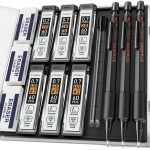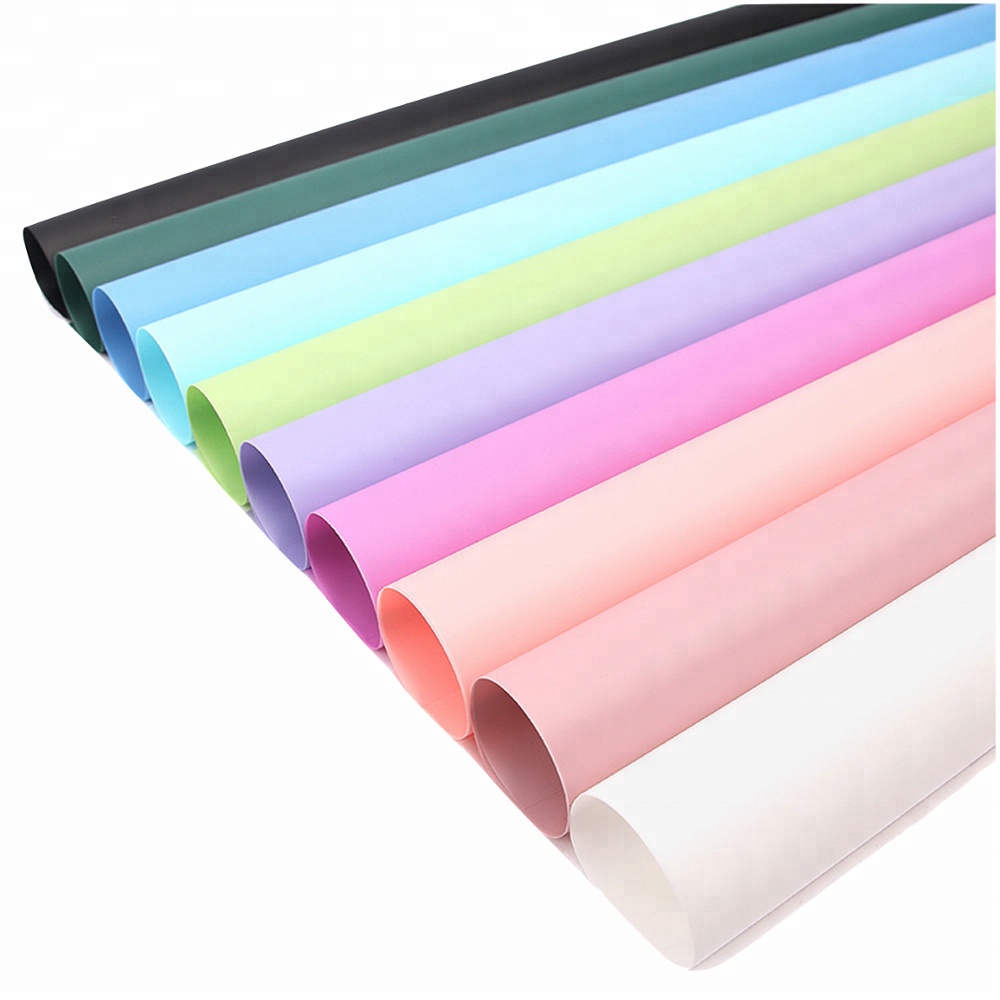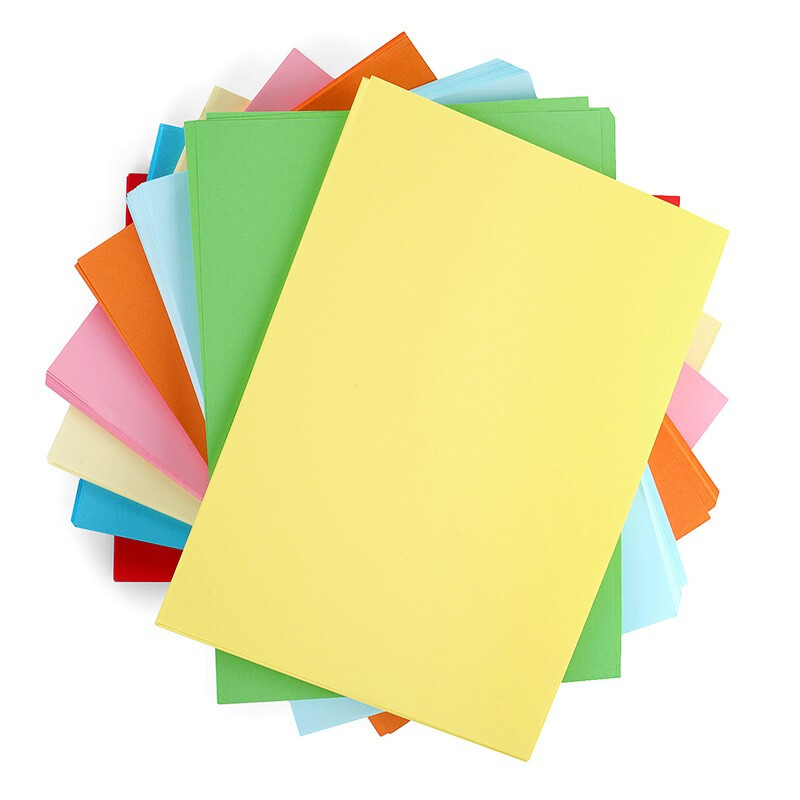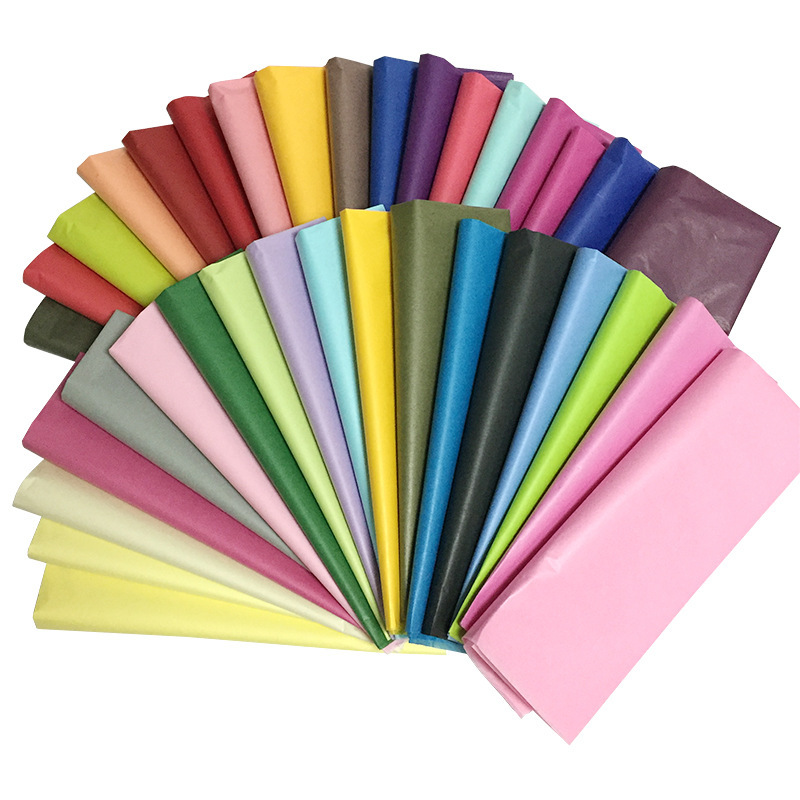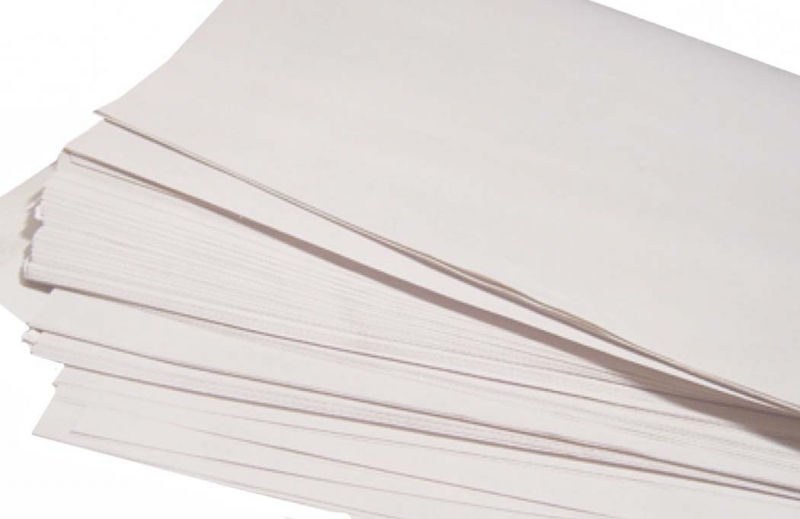Selecting the printer paper pixel size is essential for achieving high-quality prints and ensuring the longevity of your documents. With a myriad of options available on the market, ranging from different sizes and weights to various finishes and purposes, it can be challenging to determine which paper is best suited for your printing needs. In this comprehensive guide, we’ll explore factors to consider when choosing printer paper, different types of paper available, and tips for making informed decisions to enhance your printing experience.
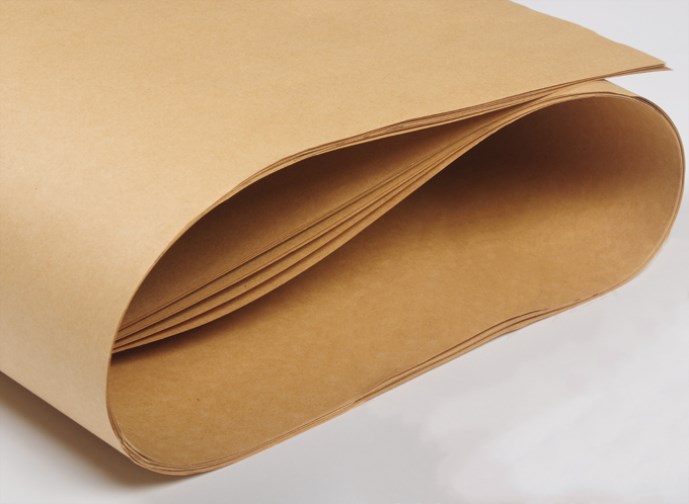
Understanding Printer Paper Specifications
Before delving into the selection process, it’s crucial to understand the key specifications associated with printer paper:
- Size: Printer paper comes in standard sizes such as letter (8.5 x 11 inches), legal (8.5 x 14 inches), and tabloid (11 x 17 inches). Choose the appropriate size based on your printing requirements and printer compatibility.
- Weight: Paper weight is measured in pounds (lb) or grams per square meter (gsm). Heavier paper typically yields better print quality and durability. Standard printer paper ranges from 20 lb (75 gsm) for everyday printing to 32 lb (120 gsm) for professional documents or presentations.
- Brightness: Paper brightness affects the contrast and vibrancy of printed images and text. Higher brightness levels (measured on a scale of 1 to 100) result in crisper, more vivid prints. Look for papers with brightness ratings of 90 or above for optimal results.
- Finish: Paper finish refers to the surface texture of the paper and can vary from matte to glossy. Matte finishes reduce glare and are suitable for text-heavy documents, while glossy finishes enhance color saturation and are ideal for photo printing.
Types of Printer Paper
Printer paper is available in a variety of types, each designed for specific printing applications. Here are some common types of printer paper:
- Multipurpose Paper: Multipurpose paper is versatile and suitable for everyday printing tasks such as documents, reports, and emails. It typically has a weight of 20 lb and a brightness rating of 92 or higher.
- Photo Paper: Photo paper is specially coated to produce vibrant, high-resolution photo prints. It comes in glossy, matte, or satin finishes and various weights, ranging from 60 lb to 300 lb. Choose photo paper based on the desired level of image quality and durability.
- Cardstock: Cardstock is a heavyweight paper often used for crafting, greeting cards, invitations, and business cards. It is available in various weights, textures, and finishes, allowing for creative customization.
- Specialty Paper: Specialty paper includes options such as resume paper, presentation paper, and transparency film. These papers are tailored to specific printing needs and offer enhanced features such as water resistance, archival quality, or compatibility with special printing techniques.
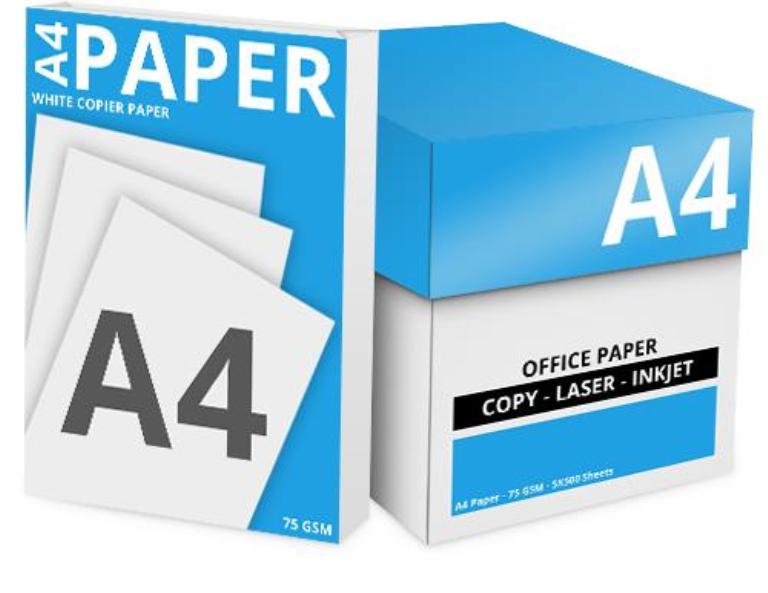
Tips for Choosing Printer Paper
When selecting printer paper, consider the following tips to ensure optimal print quality and performance:
- Evaluate Printing Needs: Determine the type of documents you frequently print and select paper that meets those requirements. For text-heavy documents, opt for lightweight, high-brightness paper. While graphics and photos may require heavier, glossy paper.
- Check Printer Compatibility: Ensure that the regular printer paper you choose is compatible with your printer’s specifications regarding size, weight, and paper type. Using incompatible paper may result in paper jams, poor print quality, or damage to the printer.
- Consider Print Volume: If you print frequently or in large volumes. Invest in higher-quality paper with greater durability and resistance to wear and tear. While premium paper may have a higher upfront cos. It can save money in the long run by reducing the need for reprints and maintenance.
- Read Reviews and Samples: Before making a purchase, read reviews from other users. And request paper samples to test print quality, color accuracy, and overall performance. This allows you to make informed decisions and avoid potential disappointments.
Advantages of printer paper pixel size
In the digital age, where technology and printing have become intertwined. The concept of pixel size in printer paper has gained significance. While traditional paper sizes were measured in physical dimensions like inches or centimeters. The pixel size refers to the digital resolution of the paper. Articularly relevant for digital printing and design work. I
Understanding Printer Paper Pixel Size
Printer paper pixel size refers to the digital resolution. Or density of pixels per inch (PPI) when an image is printed. Unlike traditional paper sizes, which are fixed physical dimensions. Pixel size determines the clarity, sharpness. And detail of printed images when viewed up close. It directly affects the quality of prints, especially in digital printing and graphic design. Where precise image reproduction is essential.
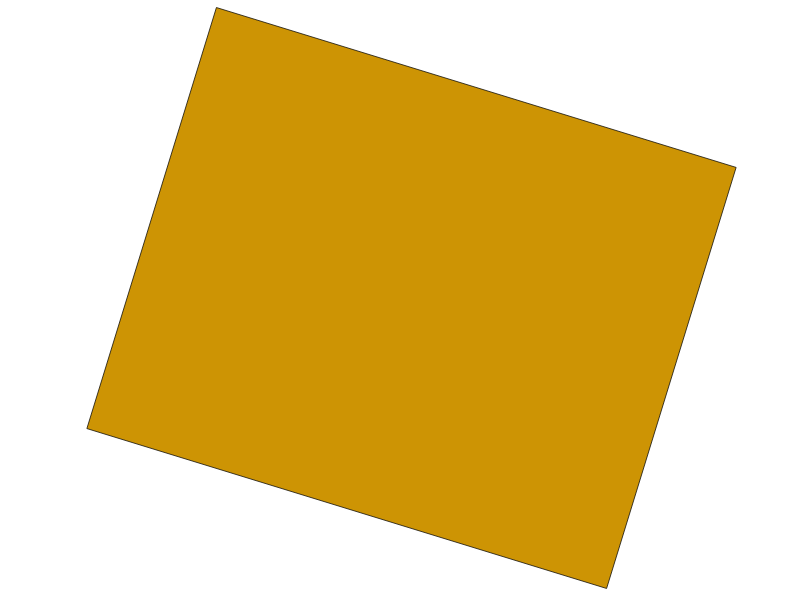
Advantages of Considering Printer Paper Pixel Size
- Enhanced Print Quality:
- Higher pixel density results in sharper, more detailed prints with smoother gradients and crisper text.
- Images appear more lifelike and vibrant, capturing subtle nuances and nuances of color and tone.
- Fine details, such as textures and patterns, are accurately reproduced, enhancing the overall visual appeal of printed materials.
- Optimized Design Flexibility:
- Designers can work with greater precision and confidence, knowing that their creations will be faithfully reproduced in print.
- Pixel size allows for finer adjustments in layout, typography, and image placement, ensuring optimal visual balance and readability.
- Complex graphical elements, such as logos or illustrations, retain their integrity and clarity across different print sizes and formats.
- Improved Image Reproduction:
- Photos and graphics maintain their fidelity and integrity, preserving the original intent and aesthetic of the artwork.
- Subtle gradients, shadows, and highlights are accurately rendered, preventing banding or pixelation in printed images.
- High-resolution prints are ideal for showcasing detailed photographs, artwork, or product visuals with precision and clarity.
- Enhanced User Experience:
- Consumers benefit from high-quality prints that exceed their expectations, reinforcing brand perception and credibility.
- Professional presentations, marketing materials, and promotional collateral command attention and leave a lasting impression on viewers.
- Print projects stand out in a competitive landscape, conveying professionalism, quality, and attention to detail.
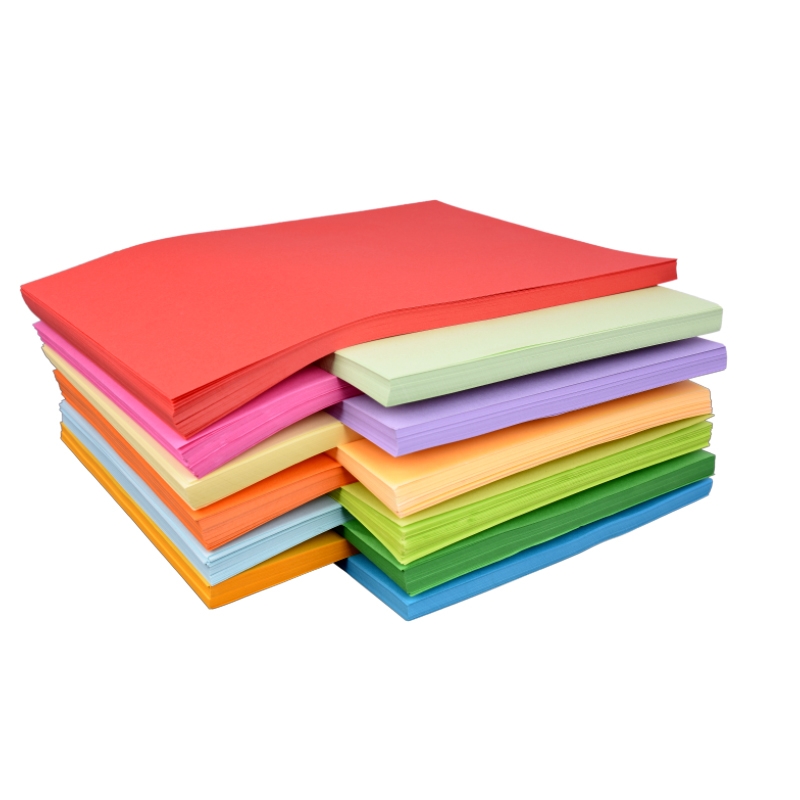
Implementing Printer Paper Pixel Size in Practice
- Selecting the Right Paper Type:
- Choose printer paper with appropriate pixel dimensions to match the desired print quality and application.
- For high-resolution photo printing, opt for photo paper with a high PPI to ensure optimal image reproduction.
- Consider the intended use of printed materials and select paper stock that complements the desired aesthetic and functionality.
- Calibrating Print Settings:
- Adjust print settings to optimize image resolution, color accuracy, and overall print quality.
- Fine-tune settings such as DPI (dots per inch) and color profiles to achieve the desired level of detail and fidelity in prints.
- Regularly calibrate printers to maintain consistent and accurate output over time, especially in professional printing environments.
Conclusion
Choosing the right printer paper is essential for achieving optimal print quality, durability. And overall satisfaction with your printing projects. By understanding the key specifications, types, and considerations outlined in this guide. You can confidently select printer paper that meets your specific needs and enhances your printing experience.





